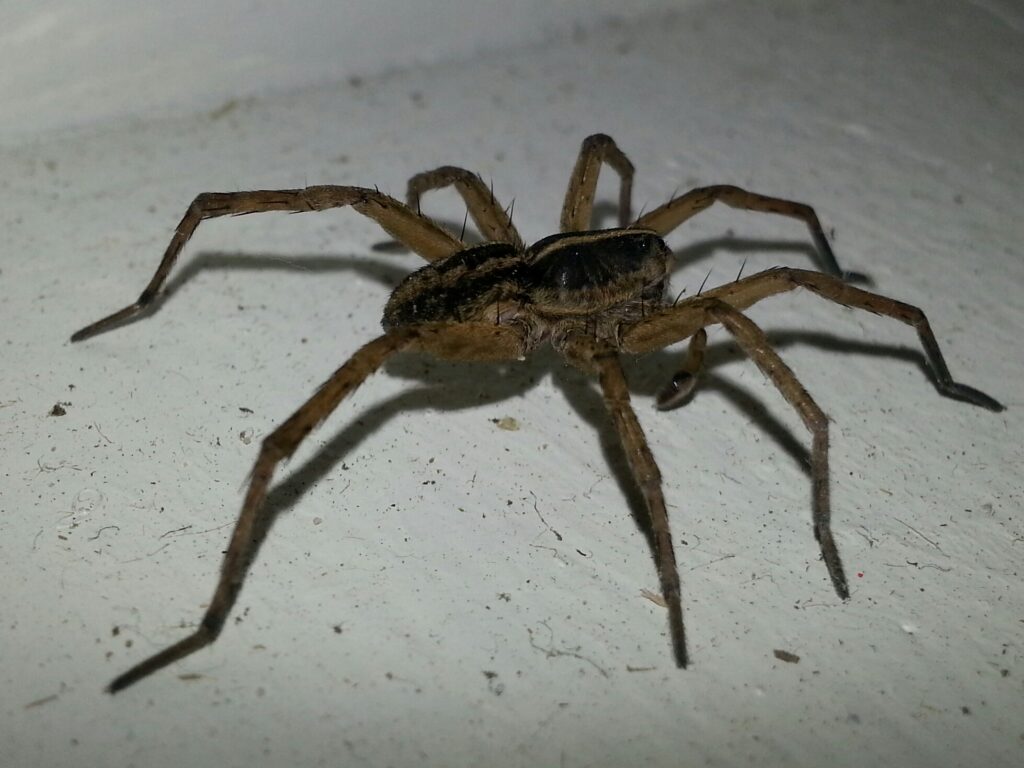 As winter approaches and temperatures drop, many homeowners in Niagara might assume that pests, like carpenter ants, have retreated for the season. However, these resilient insects can still pose a threat, often seeking warmth and shelter within our homes. Carpenter ants are notorious for causing significant structural damage as they tunnel through wood, making winter cleaning a crucial line of defence against infestations. To deter these pests, it’s essential to maintain a clean home environment, seal entry points, and ensure that food sources are unavailable.
At Truly Nolen, we have extensive experience in pest control in the Niagara area, and understand the lurking dangers of carpenter ant infestations during wintertime. With our expert insights, homeowners can adopt effective cleaning and prevention strategies to safeguard their houses. Throughout this article, we will delve into actionable winter cleaning tips that can help create an inhospitable environment for carpenter ants, ensuring your home stays safe and pest-free.
As winter approaches and temperatures drop, many homeowners in Niagara might assume that pests, like carpenter ants, have retreated for the season. However, these resilient insects can still pose a threat, often seeking warmth and shelter within our homes. Carpenter ants are notorious for causing significant structural damage as they tunnel through wood, making winter cleaning a crucial line of defence against infestations. To deter these pests, it’s essential to maintain a clean home environment, seal entry points, and ensure that food sources are unavailable.
At Truly Nolen, we have extensive experience in pest control in the Niagara area, and understand the lurking dangers of carpenter ant infestations during wintertime. With our expert insights, homeowners can adopt effective cleaning and prevention strategies to safeguard their houses. Throughout this article, we will delve into actionable winter cleaning tips that can help create an inhospitable environment for carpenter ants, ensuring your home stays safe and pest-free.
Understanding Carpenter Ants In Winter
Carpenter ants are one of the largest ant species you'll encounter, easily identifiable by their black or reddish-brown bodies. These ants are particularly fond of wood and can cause significant structural damage if left unchecked. Unlike termites, they don't eat wood but carve out galleries and tunnels to create their nests. During colder months, carpenter ants are drawn indoors in search of warmth and moisture. This makes winter a critical time to be vigilant about their presence. Once inside, they can quickly expand their colonies, causing considerable damage before you even realize they're there. While carpenter ants can be tricky to spot, understanding their habits and characteristics is the first step in preventing a full-blown problem. Being proactive now can save you time, money, and frustration down the line.Identifying High-Risk Areas in Your Home
In order to effectively protect your home from carpenter ants, areas need to be pinpointed where they're most likely to take up residence. Common spots include damp areas like basements and crawl spaces, along with wood piles stacked against the house or decks and poorly ventilated spaces where moisture tends to accumulate. When inspecting these high-risk areas, look for signs such as sawdust, which indicates tunnelling, or even the presence of the ants themselves. Taking time to investigate these locations can empower you to recognize potential issues before they escalate. To conduct a thorough inspection, use a flashlight to illuminate dark corners and examine any wood surfaces for unusual markings or damage. Regular checks, particularly during colder months when these insects are looking for warmth, are key. By staying attentive and proactive, you can help ensure that these resilient nuisances don’t become a problem in your home. Remember, early detection equals easier management!Winter Cleaning Strategies
 Deep cleaning and decluttering are essential practices during the cold months, as they significantly reduce the opportunities for carpenter ants to establish nests. A thorough approach not only helps keep living spaces tidy but also targets specific areas where these insects might thrive. Here are some effective strategies to adopt:
Deep cleaning and decluttering are essential practices during the cold months, as they significantly reduce the opportunities for carpenter ants to establish nests. A thorough approach not only helps keep living spaces tidy but also targets specific areas where these insects might thrive. Here are some effective strategies to adopt:
- Clear Gutters Regularly: Accumulated debris in gutters can lead to moisture buildup, creating an inviting environment for carpenter ants. By ensuring clear gutters, you can prevent excess moisture from seeping into your home and causing trouble.
- Inspect Attic Spaces: Attics are often overlooked but can provide a perfect nesting ground. Regular inspections of these spaces allow you to identify any signs of moisture or nesting materials. You should ensure that areas are dry and well-ventilated to deter unwanted guests.
- Declutter Basements and Crawl Spaces: Reducing clutter in these areas minimizes hiding spots for carpenter ants. By storing items off the ground and organizing your belongings, you can make it more difficult for insects to find suitable shelter.
- Seal Cracks and Crevices: Checking for and sealing any cracks in walls, foundations, or windows is crucial. Using silicone caulk or expanding foam can close potential entry points, making it harder for these pests to invade.
- Conduct Regular Deep Cleanings: Incorporating deep cleaning into your regular routine allows you to assess environments more critically. Focus on areas where food is prepared and consumed, ensuring there are no crumbs or spills that could lure insects in.
Moisture Control
As previously mentioned, controlling moisture is essential to preventing carpenter ants from taking refuge in a home. These insects thrive in damp environments, making it crucial to maintain a dry atmosphere to reduce their chances of establishing colonies. Here are several effective methods that can be implemented to keep your indoor spaces dry and uninviting for these pests:- Fix Leaks Promptly: Any signs of leaks from roofs, pipes, or windows should be addressed immediately. Not only do leaks create moisture, but they also attract carpenter ants seeking shelter. Regular inspections can help to identify and repair these issues before they lead to bigger problems.
- Use Dehumidifiers: In areas prone to humidity, such as basements or laundry rooms, employing dehumidifiers can significantly reduce moisture levels. By keeping indoor humidity below 50%, you create an environment less favourable for carpenter ants to thrive.
- Improve Ventilation: Ensuring adequate ventilation in your home, especially in attics and crawl spaces, helps to circulate air and reduce dampness. Ventilation fans or air vents can aid in maintaining a dryer environment and prevent any potential infestations.
- Manage Outdoor Water Sources: You should also be cautious about outdoor moisture. Fixing drainage issues in yards and ensuring that water does not pool near the foundation can prevent excess moisture from seeping into homes.

